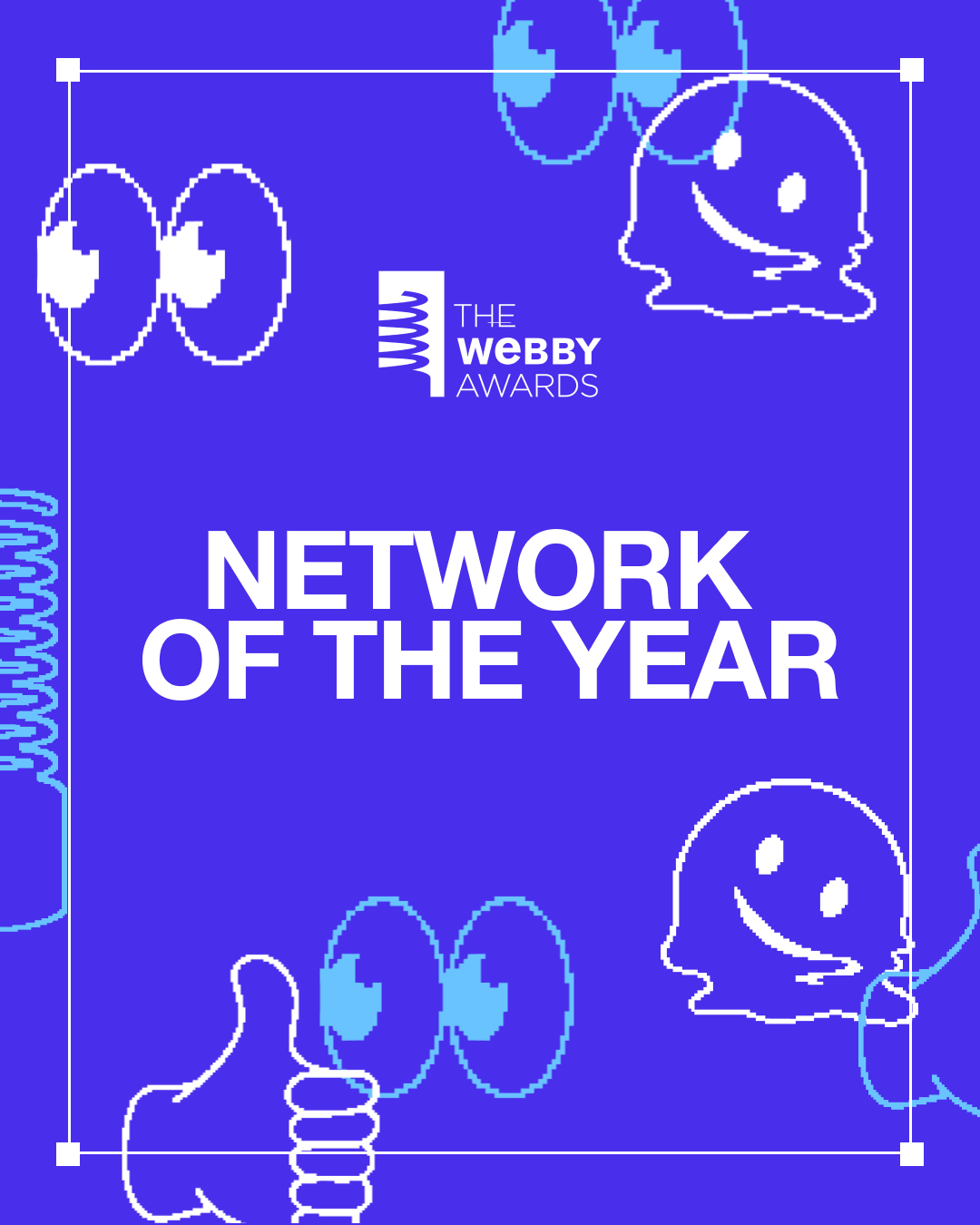AI sprints: generating product features in one week
“How can we integrate AI into our app?”
While this million-dollar question is complicated, you can successfully answer it in about a week with the right process. And in a world where SaaS companies are racing to build the next disruptor, time is precious.
We call this week-long process an AI sprint. Similar to a design sprint, an AI sprint is a workshop that considers the market, business objectives, users, and technology to quickly and efficiently generate ideas.
Our product team has now completed several AI sprints, and here’s what we’ve seen work well and lead to AI proof of concepts (POCs).
Day 1: Understand and define
Day one consisted of three sessions, spanning the entire day.
Session 1: Kick off and goal setting
We begin all sprints this way to get all participants on the same page and reiterate the north star. This is essential, especially with AI initiatives, because it’s easy to get caught up in shiny things.
The kick off meeting included:
- Introduce the sprint objectives
- Present the background on AI and Map APIs
- Define the core problem and scope
For goal setting, we defined long-term goals using OKR methodology. Example OKRs:
- Objective: identify three potential AI applications for our startup
- Key results: list of AI tools and technologies, prototype ideas, and evaluation criteria
Session 2: Map the Problem
During this session, we created a detailed map of the problem areas for both AI and Map API applications, plus identified key opportunities and challenges.
Session 3: Expert interviews
During this final session on day one, we invited AI and Map API experts to discuss potential applications, including capabilities and past use cases.
We wrapped day one with homework for the room: come back with some inspiration for discussion on day two.
Day 2: Ideate and sketch
Day two is about generating ideas that align with the business’s goals.
Session 1: Lightning demos
- Reviewed examples of AI applications in startups
- Showcased successful uses of Map APIs in the hospitality industry
Session 2: Crazy eights
Here, each participant sketched eight quick ideas for AI applications and Map API insights, focusing on diverse and innovative concepts. It’s called crazy for a reason! Often, the weirdest ideas lead to something great.
Session 3: Solution sketching
Taking the most promising ideas from the crazy eights exercise, designers developed detailed sketches of user flows and interfaces. For AI, this is sometimes as simple as a chat window. The functionality aspect will come later.
Day 3: Decide & storyboard
Day three is when concrete decisions are made. Based on all the ideas (crazy or not), which ones align with the user’s needs? Which are feasible?
This day’s agenda looks like this:
- Review all solution sketches
- Use dot voting to highlight the most promising parts of each sketch
- Discuss and decide on the best solutions to prototype
- Combine elements from different sketches if necessary
- Create a detailed storyboard for the prototypes
- Define each step clearly, including AI application workflows and Map API data integration
For our location-based app, we sent six ideas (out of ~40) to prototyping.
Day 4: Data experiments
To have a successful AI function, you need data. So, day four’s activities were dedicated to exploring what kind of data we could get, how we could get it, and how to leverage it.
Because this product was all about location data, we focused on Map API experiments so we could understand everything map insights could offer. Here’s what this day looked like:
- Experiment setup: Defined specific Map API experiments to be conducted based on the storyboard and set up necessary tools and environments
- Conducted experiments: Ran experiments to gather and analyze data using Map APIs and document processes, findings, and challenges
- Collected and analysed data: Gathered data from the experiments and analyzed the results to determine effectiveness and potential insights.
Map APIs we used: Google Maps API and Mapbox
AI frameworks we used: TensorFlow and OpenAI APIs
Day 5: AI POCs
At this point in the week, we had functionalities, potential interfaces, and lots of data. It was time to combine them and see what AI proof of concepts we could create.
The three questions we returned to:
1. What can AI create for us?
2. How can we use AI now?
3. How can AI help us scale?
Experiment setup
Based on the storyboard, we defined specific AI experiments and set up necessary tools and environments (e.g., data sets and AI frameworks). We used the Vercel AI SDK.
Conduct experiments
Then, we ran experiments to test the feasibility and impact of the selected AI applications. We used prototyping tools like ChatGPT, OpenAI Playground, and Google API Playground. We also documented our processes, findings, and challenges. What surprised our team was how fast and easy it was to code the solutions.
Collect and analyse data
After everything was conducted and understood, we gathered data and analyzed the results. Based on this, we had a solid understanding of each AI function’s effectiveness, plus ideas for improvements.
Day 6: Review & discuss findings
The bulk of the value was completed in five days, and the sixth day was reserved for stakeholders’ participation. Because of the thorough sprint process, each recommendation was presented and supported alongside business goals, data, and outcomes. We also outlined an implementation plan with an integration roadmap and roles and responsibilities.
We presented six ideas and four working live prototypes for this sprint, including “experience output” and an internal efficiency tool. From here, the client could make an informed decision about which AI function to chase–with a head start on development.
Our AI sprint was truly eye-opening. The insights we gained helped us design our latest feature set. Operations that once seemed impossible are now standard procedures thanks to generative AI.
Founder & CEO




